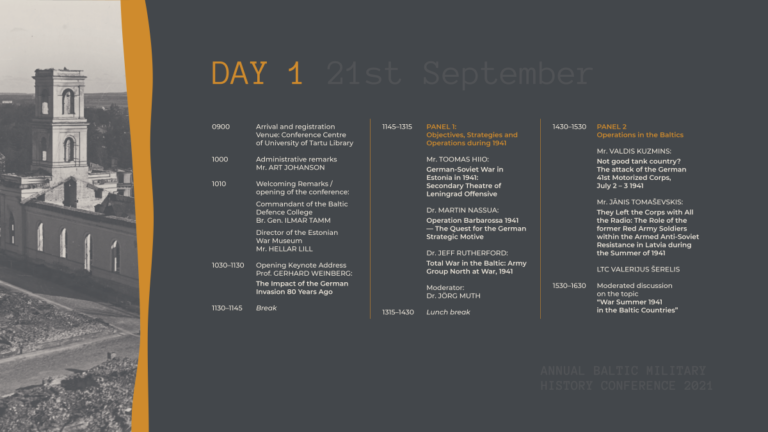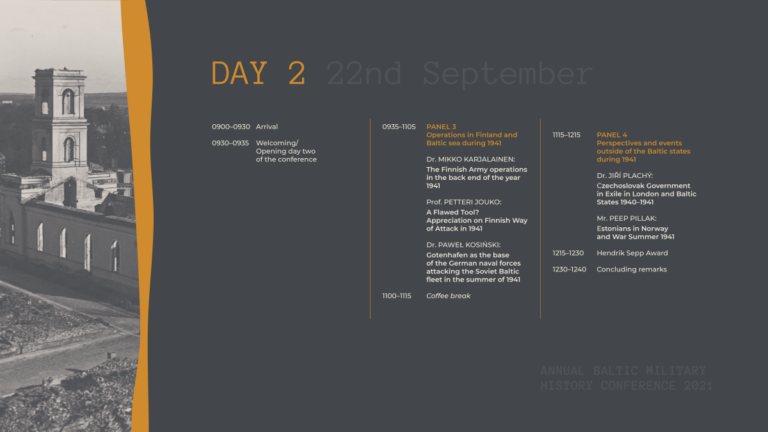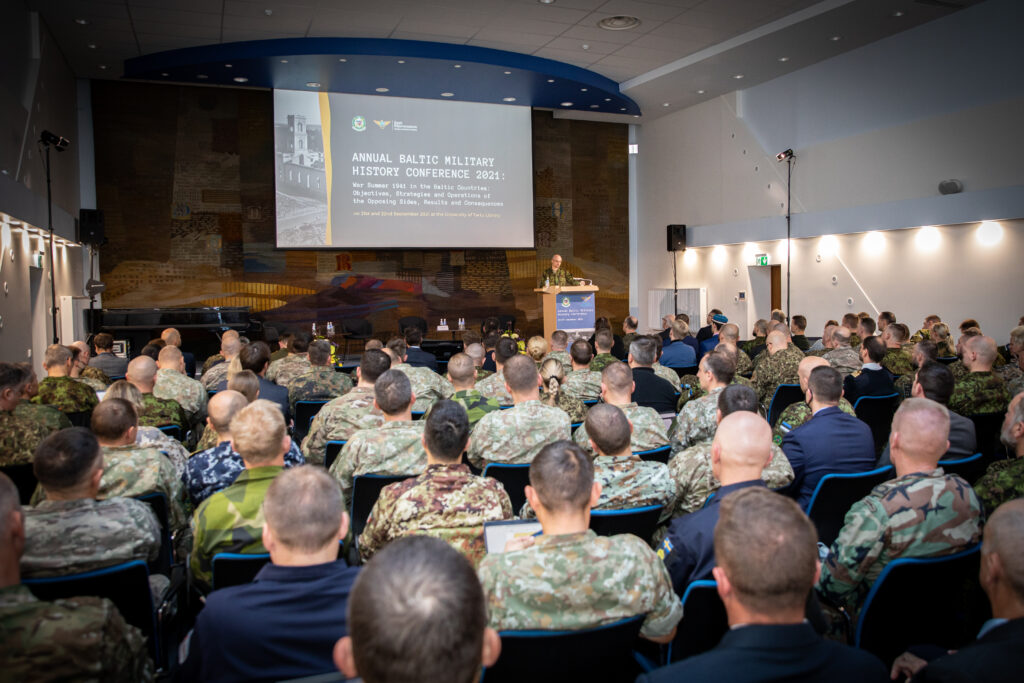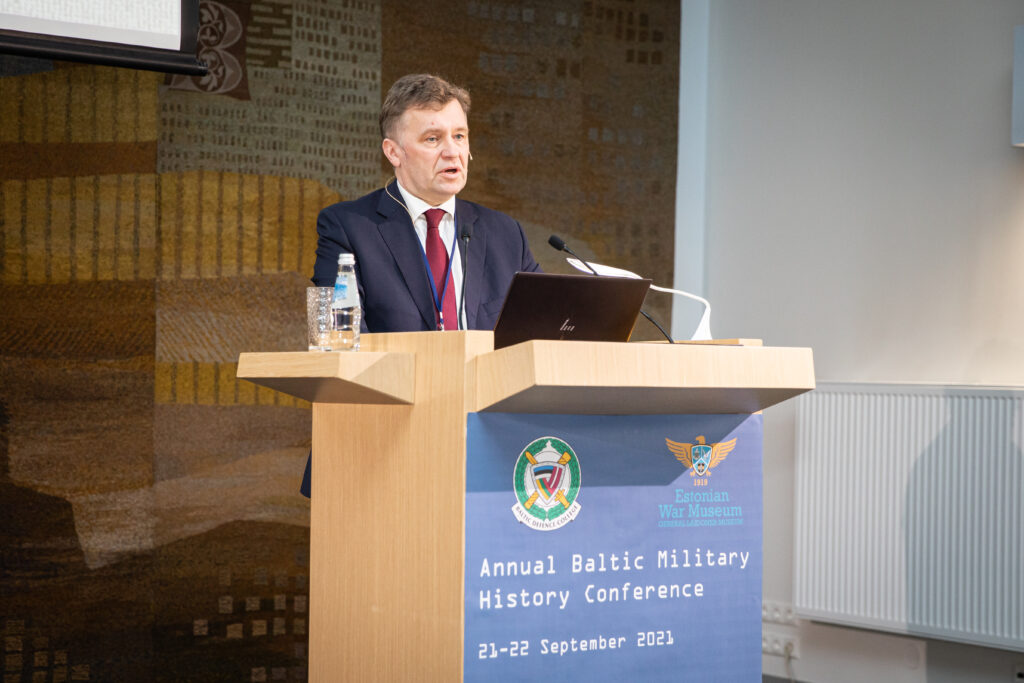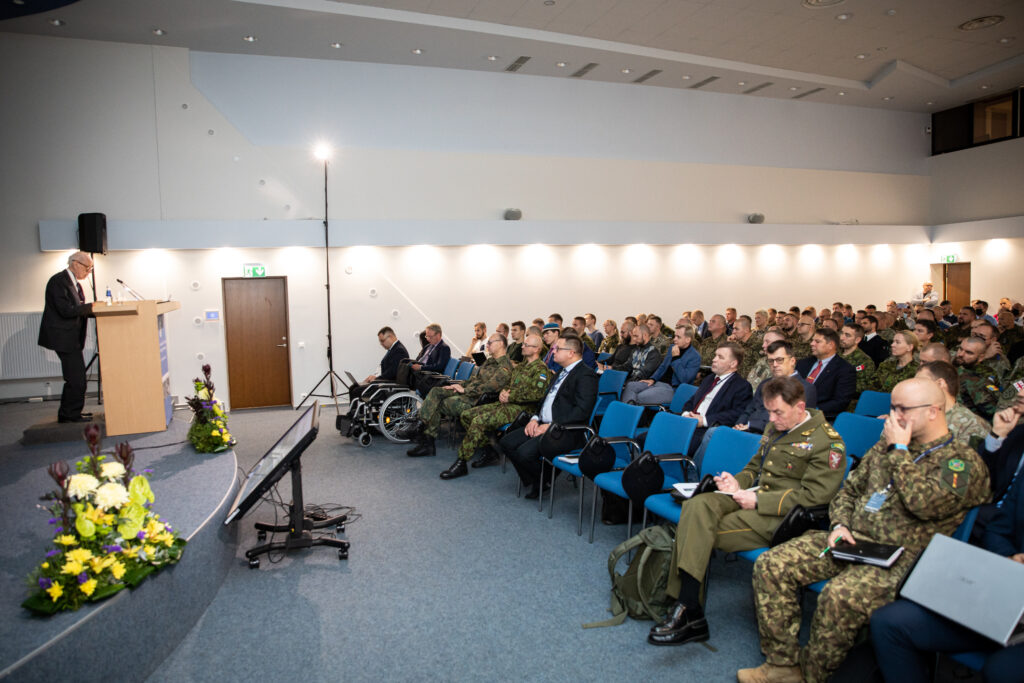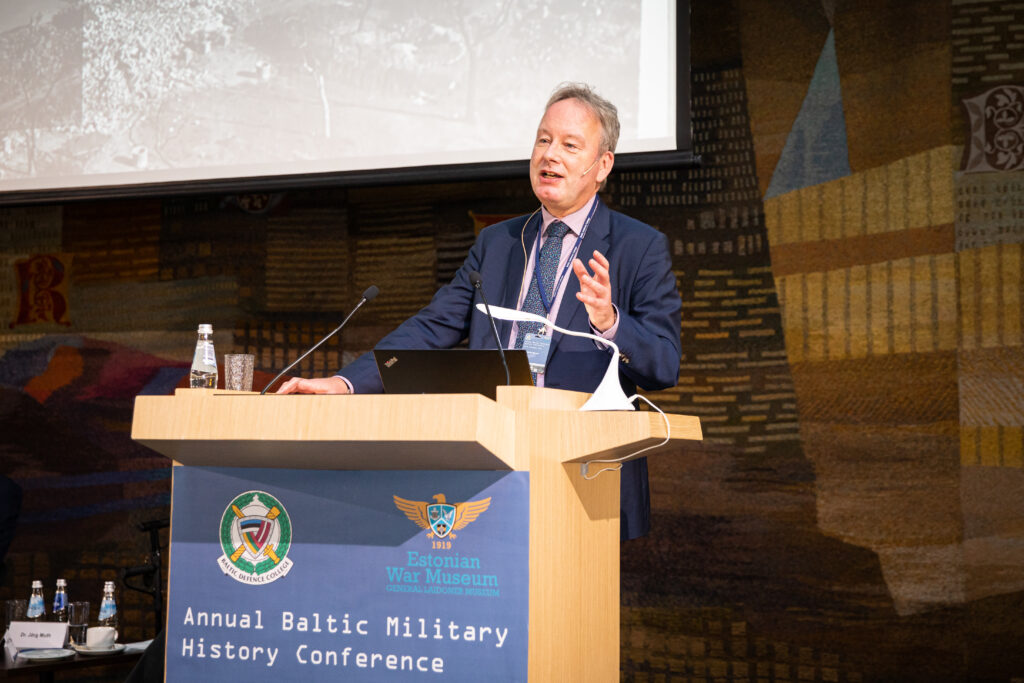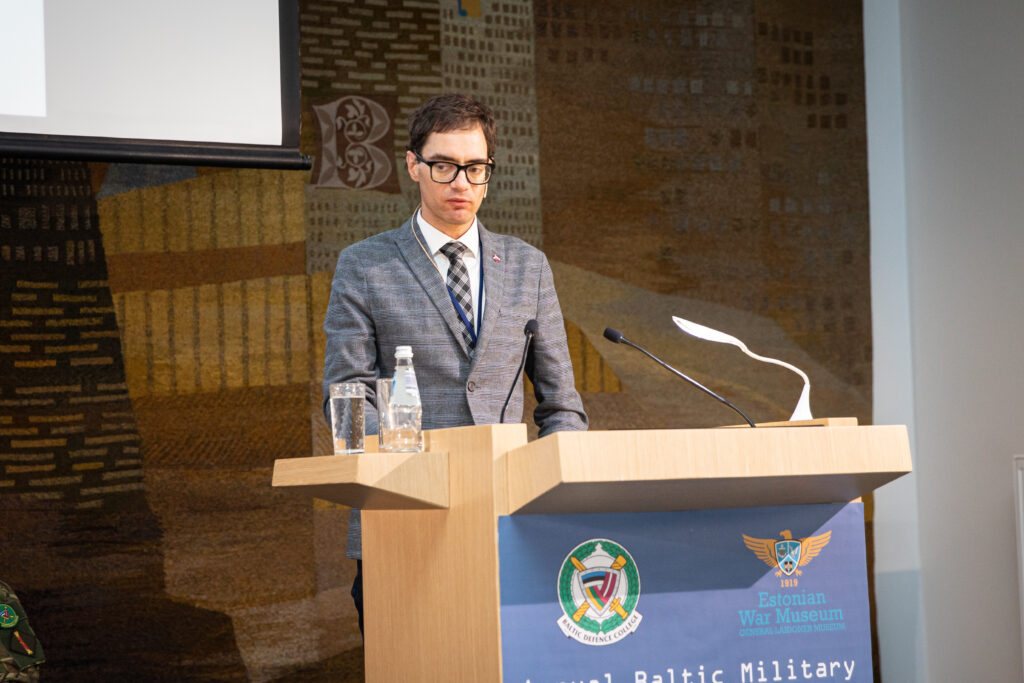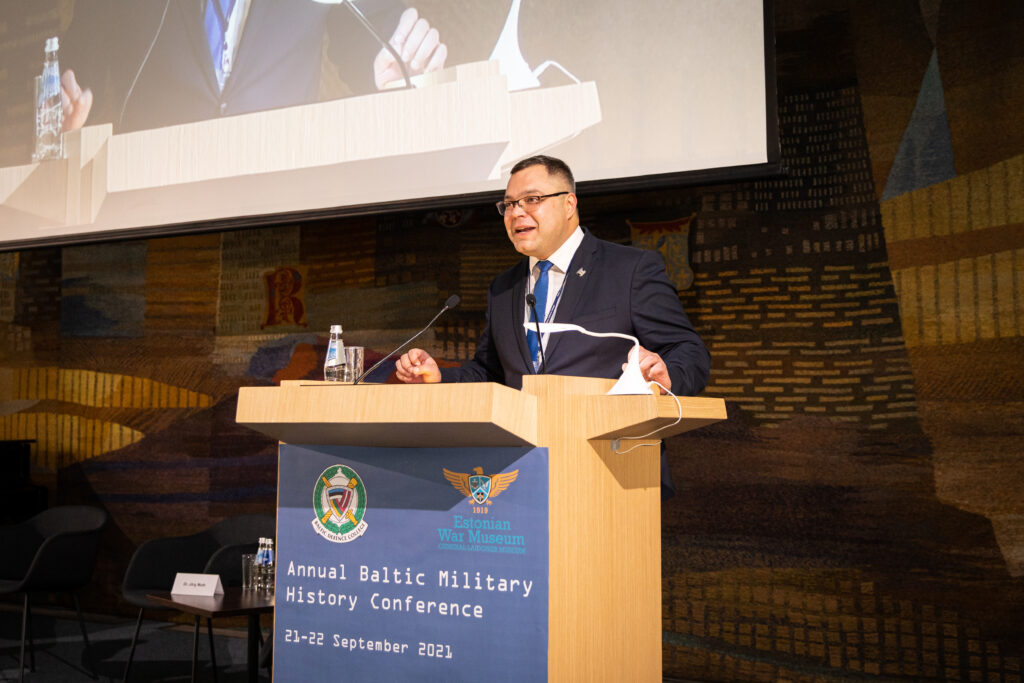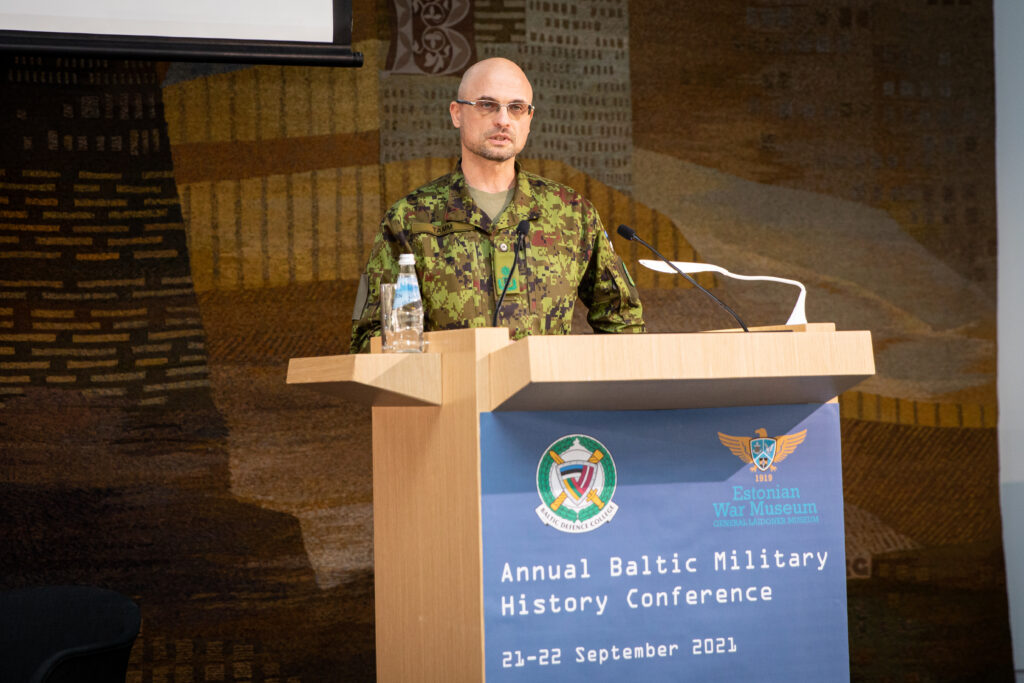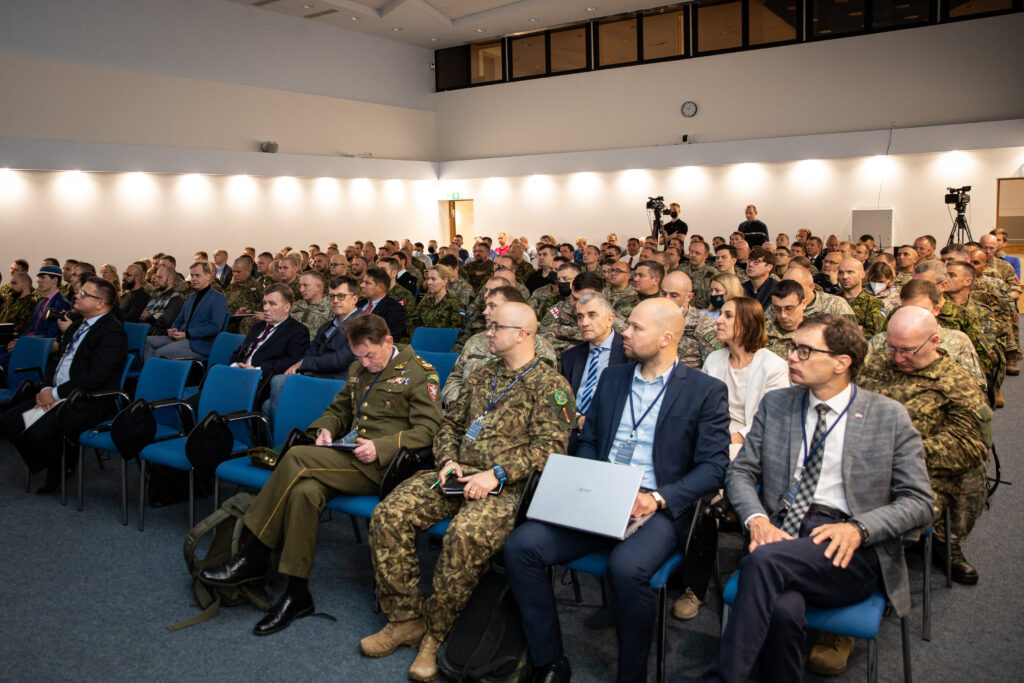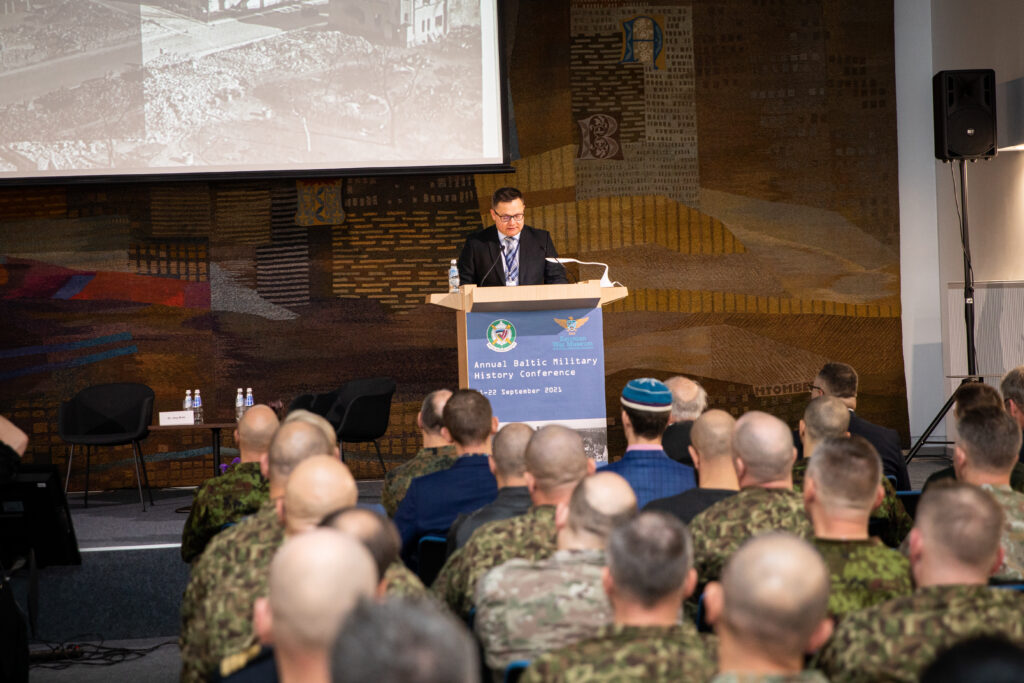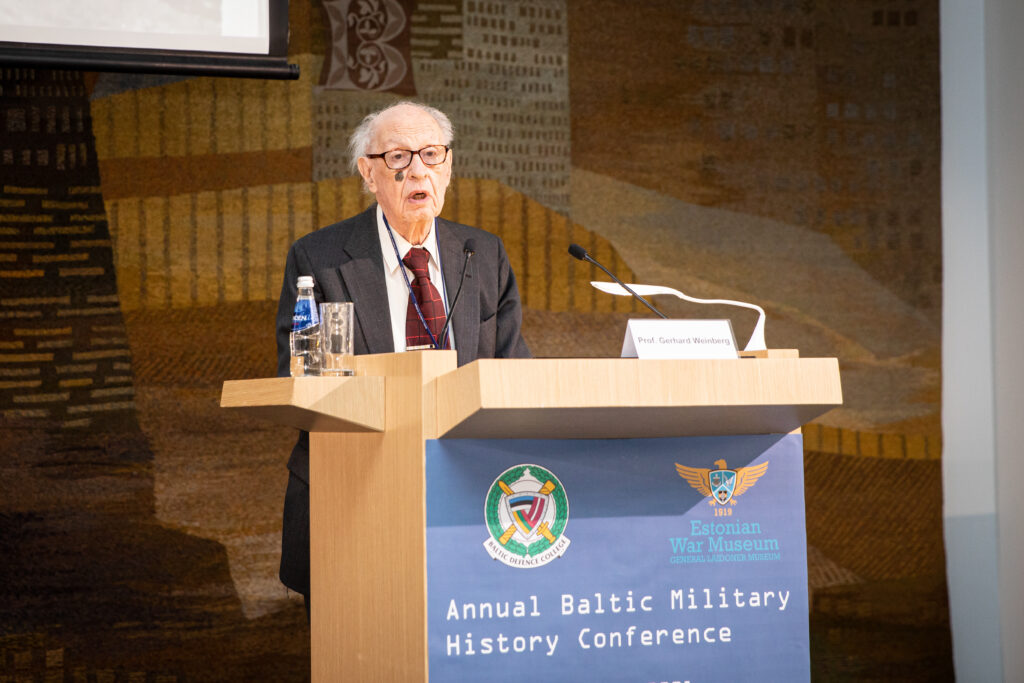XII Annual Baltic Military History Conference
War Summer 1941 in the Baltic Countries: Objectives, Strategies and Operations of the Opposing Sides, Results and Consequences
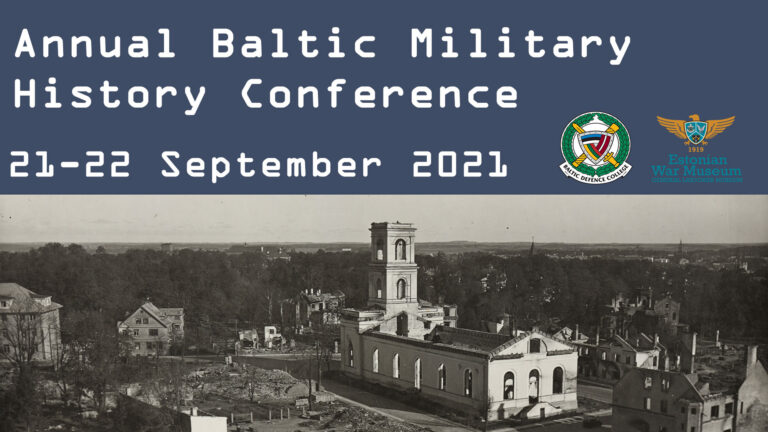
In June 2021, 80 years passed since the beginning of military action of the WW II on the territories of Lithuania, Latvia and Estonia. The time frames of the warfare in the Baltics stretch from 22 June 1941 when Germany started offensive operations, to 21 October 1941 when the Wehrmacht 61st Infantry Division took the Island of Hiiumaa. In the context of the war at sea, it can be stretched to early December when the Soviet Baltic Fleet evacuated the naval bases of Osmussaar and Hanko to Kronstadt and Leningrad.
The actual beginning of the war for Lithuanians, Latvians and Estonians is the autumn of 1939. On 23 August 1939, Germany and the Soviet Union signed a non-aggression pact including a secret protocol for dividing Eastern Europe into spheres of influence. In September Poland was crushed and by the end of the month, the USSR forced treaties of mutual assistance on the Baltic states. Red Army and Baltic Fleet bases were built in Lithuania, Latvia and Estonia and the USSR took the Baltic coast from the border of East Prussia to Narva River under its control. After the Finnish Winter War, the whole of the Gulf of Finland was under USSR control – a Baltic Fleet base was built on the Peninsula of Hanko. In June 1940 the USSR threatened the Baltic states with military invasion and the governments of the three countries submitted to its ultimatum. The Soviet Union occupied and annexed the Baltic states and incorporated them in August of the same year as the republics of the union.
World War II on the Eastern Front, including the territories of Estonia, Latvia and Lithuania saw the collision of the two superpowers, two totalitarian ideological dictatorships which deprived the smaller nations between them, who were forced into war, the opportunities to defend their national interests. In the last 30 years Lithuania, Latvia and Estonia have focused their historical debates on their attempts and efforts to re-establish independence and on the crimes against humanity that were committed on the territories of the Baltic states during and after World War II. These also reflect the realignment of the general approach to the history of World War II in the Baltics. Warfare as such, has moved to the background and a preference for the individual over the general could have caused inaccurate opinions about the capabilities and opportunities and even the prospects for the future.
The aim of the conference was to study the warfare that took place 80 years ago on the territories of three Baltic states, both from the point of view of strategy and tactics.
